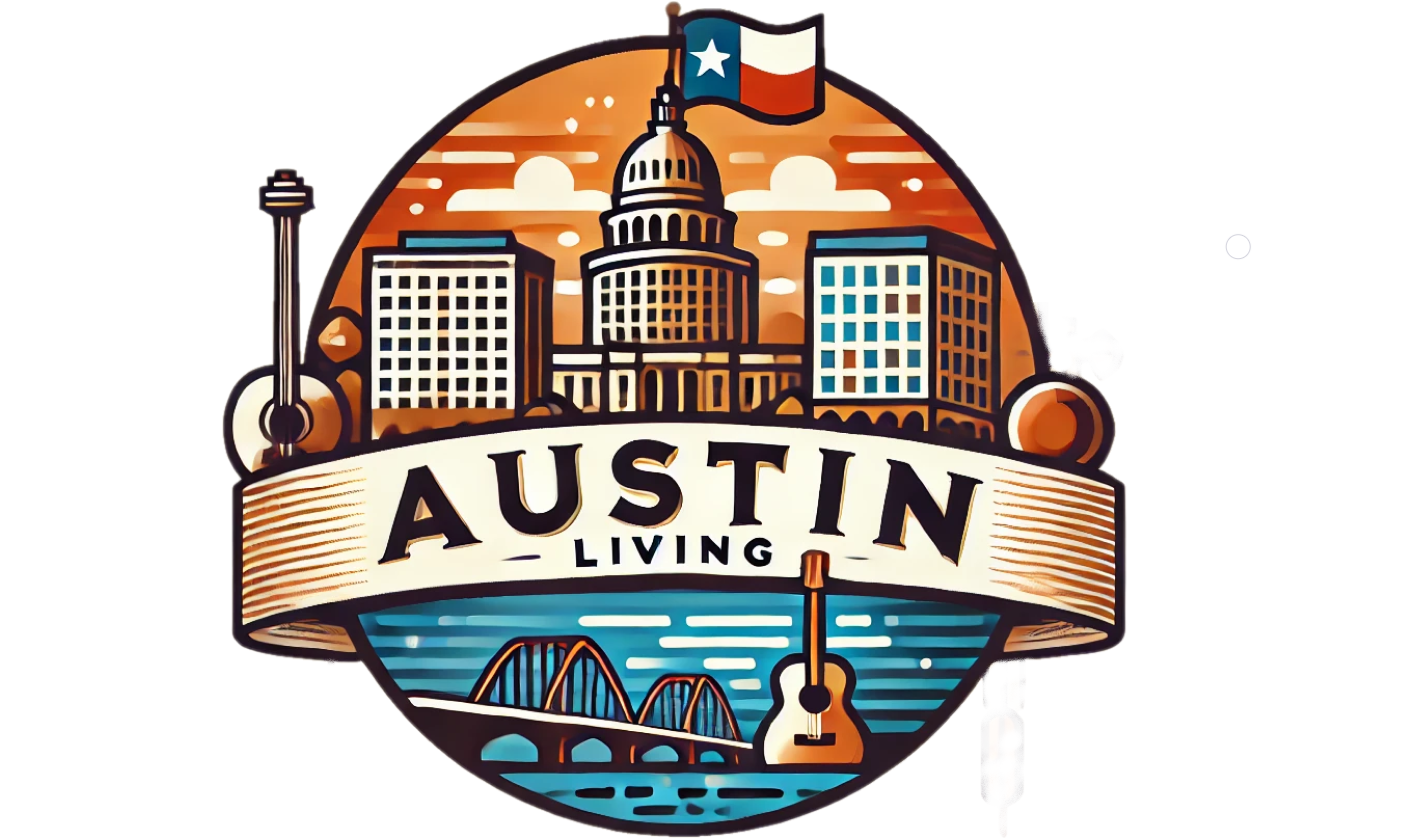
New Directions for Austin's Violence Prevention Initiatives
In response to rising concerns over violence in urban areas, Austin and Travis County leaders have announced a committed partnership aimed at expanding violence prevention efforts within the community. This initiative marks a pivotal shift towards proactive measures designed to combat violence before it starts, offering residents a renewed sense of security and community engagement.
Understanding the Scope of the Initiative
This initiative is not merely about ramping up police presence; it's about community involvement, education, and support systems. By focusing on the root causes of violence, such as socioeconomic factors and mental health challenges, local leaders are advocating for a comprehensive understanding of violence as a societal issue rather than merely a law enforcement problem.
The Role of Community Engagement in Prevention
Central to the success of this initiative is active community engagement. Leaders have emphasized the importance of involving local residents, neighborhood organizations, and educational institutions in the prevention framework. This collaborative approach encourages dialogue and partnership, allowing communities to develop tailored strategies that resonate with their unique dynamics.
Highlighting Parallel Efforts in Other Regions
Similar initiatives in cities like Chicago and San Antonio offer compelling case studies. Chicago’s violence prevention strategies, which include community-based organizations, have seen a reduction in crime rates as a result of direct investment in local communities. San Antonio’s “Thrive” program focuses on resource allocation toward mental health services, demonstrating that addressing psychological well-being can have significant positive impacts on community safety.
Future Predictions: What Lies Ahead for Austin
As Austin implements its expanded violence prevention efforts, analysts predict a gradual decline in violent incidents. By investing in education, job training, and mental health resources, local leaders hope to cultivate a culture where violence is less likely to thrive. However, the effectiveness of these initiatives will rely heavily on consistent funding and community buy-in.
Counterarguments: A Call for Diverse Perspectives
While the expansion of violence prevention efforts garners support, some critics argue that funds could be misallocated or ineffective. Concerns regarding transparency and the actual impact of community programs have been raised, suggesting that ongoing assessments and adjustments to strategies will be essential for achieving desired outcomes.
The Emotional Impact of Violence on Austin Residents
Across the city, violent incidents have far-reaching consequences beyond mere statistics—they affect families, neighborhoods, and the overall well-being of the community. By nurturing a conversation around aggression and trauma, Austin’s leaders acknowledge the profound emotional toll violence takes on citizens, and the importance of fostering connection and understanding within the community.
Actionable Insights: How You Can Get Involved
Residents can play an active role in supporting these efforts by participating in community meetings and outreach programs. This involvement not only fosters a stronger community bond but also empowers locals to have a voice in strategies that aim to dismantle violence within their neighborhoods.
As we witness the unfolding of Austin's commitment to enhancing community safety, it's vital to remember that violence prevention is a shared responsibility. It goes beyond policy and programs; it encompasses the will of the people to come together for a safer, more interconnected city.
 Add Element
Add Element  Add Row
Add Row 



Write A Comment